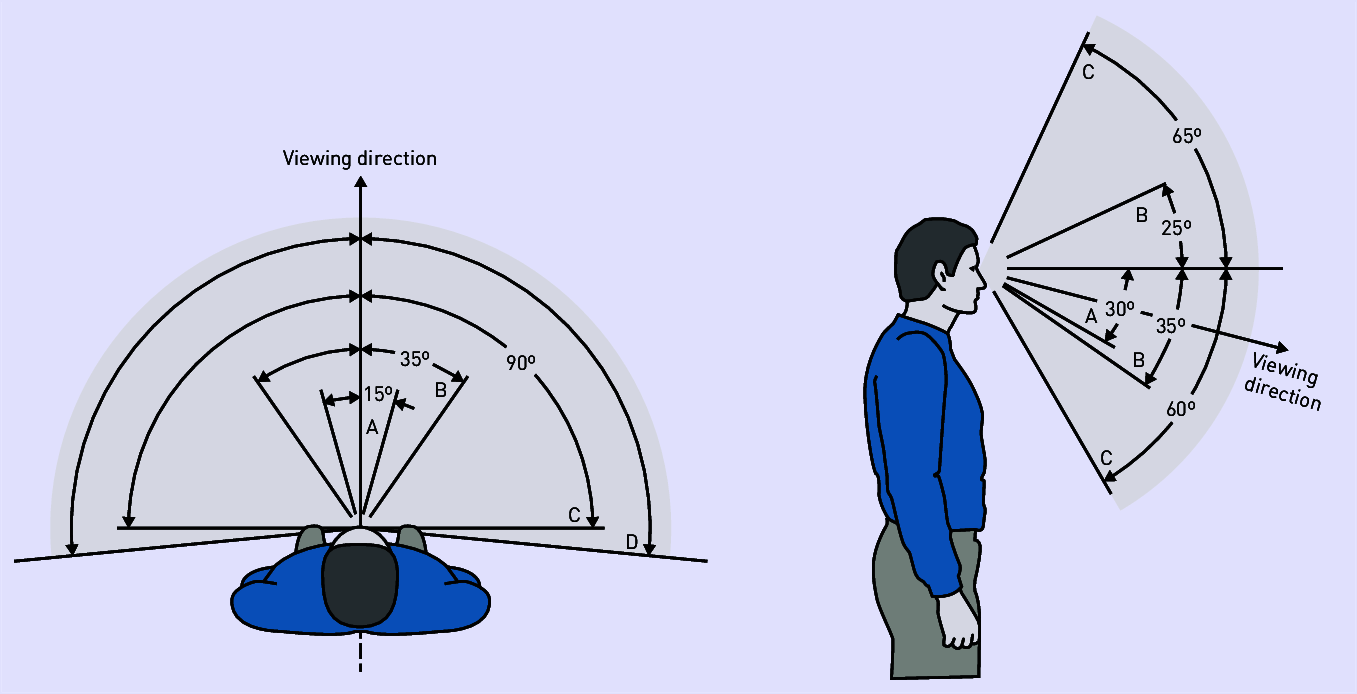- Joined
- Jun 10, 2003
- Messages
- 26,382
- Real Name
- Josh Steinberg
The great cinematographer Vittorio Storaro took it upon himself to study aspect ratios and the human eye and came to the conclusion that 2.00:1 was the perfect aspect ratio. He decided to start shooting in that ratio and implored the artists and technicians in the film and television industries to follow him and fix all screens, televisions and shoots at what he insisted was the perfect ratio.
There was simply no one interested in following him. The idea was a nonstarter among exhibitionists and manufacturers. Filmmakers weren’t eager to shoot in a ratio that no theater could accommodate without changes that were never going to happen. Some filmmakers who had a working relationship with Storaro allowed him to shoot their new projects in that ratio, and crop some of their older films made with him into that ratio, and audiences and enthusiasts rejected it.
Storaro must’ve spent a decade or more of his career pursuing this solution in search of a problem and he couldn’t get anyone to buy into it. If one of the all time greatest cinematographers couldn’t find a single member of his profession to join him on that hill, that speaks volumes to the industry’s interest in a standardized aspect ratio.
There was simply no one interested in following him. The idea was a nonstarter among exhibitionists and manufacturers. Filmmakers weren’t eager to shoot in a ratio that no theater could accommodate without changes that were never going to happen. Some filmmakers who had a working relationship with Storaro allowed him to shoot their new projects in that ratio, and crop some of their older films made with him into that ratio, and audiences and enthusiasts rejected it.
Storaro must’ve spent a decade or more of his career pursuing this solution in search of a problem and he couldn’t get anyone to buy into it. If one of the all time greatest cinematographers couldn’t find a single member of his profession to join him on that hill, that speaks volumes to the industry’s interest in a standardized aspect ratio.







